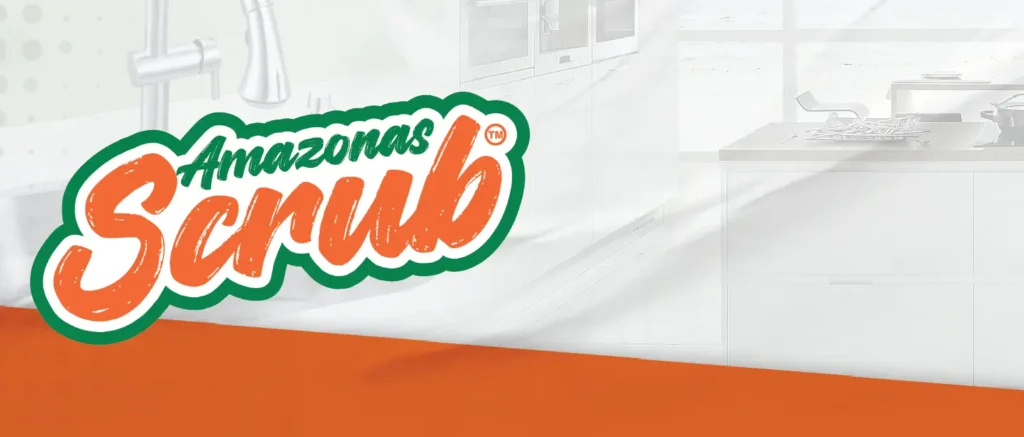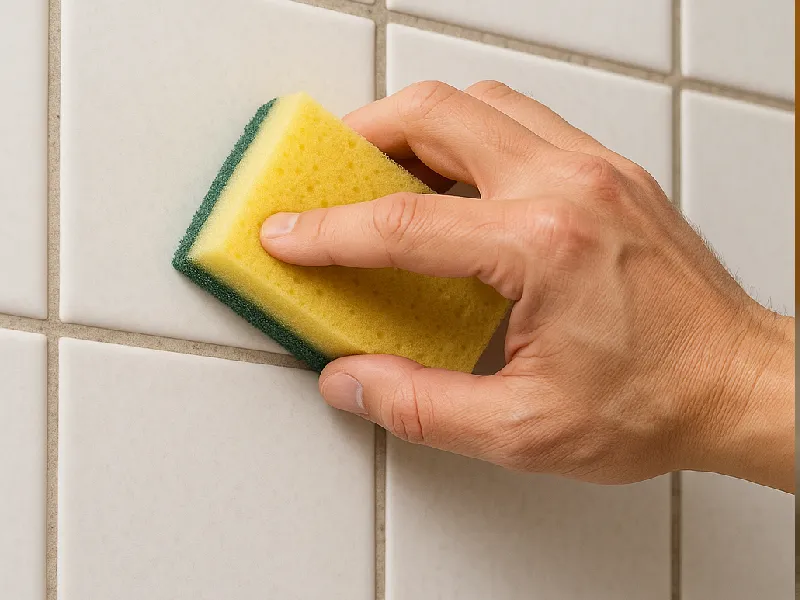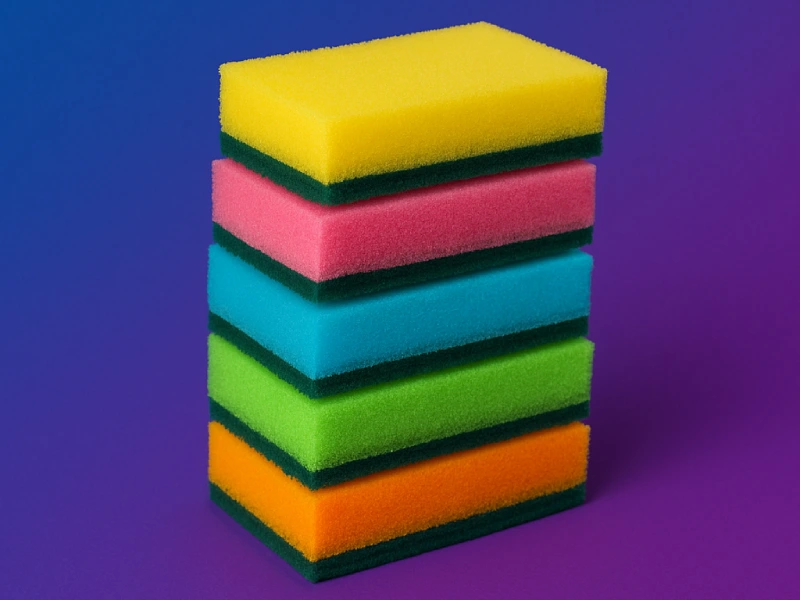Welcome to our comprehensive guide on how to eliminate dust and allergies from your home. If you’re tired of constantly sneezing, dealing with itchy eyes, or feeling the effects of indoor allergens, then this article is for you.
We’ve gathered expert tips and tricks to create an allergy-free environment and reduce indoor allergens, allowing you to enjoy a cleaner and healthier home.
In this first section, we’ll introduce you to some of the best tricks and techniques to combat dust and allergies in your home. From simple cleaning hacks to innovative products, we’ve got you covered.
So, let’s dive in and discover the secrets to reducing indoor allergens and creating an allergy-friendly space for you and your loved ones.
As you continue reading, you’ll gain invaluable insights into dusting techniques, effective dust prevention strategies, and methods to improve indoor air quality. Along the way, we’ll also explore how to incorporate allergy-friendly products into your cleaning routine and address common allergens found in homes.
Are you ready to take control of your indoor environment? Let’s get started!
Understanding Dust and Allergies
Before we delve into the tricks to eliminate dust and allergies, it is important to understand the causes and impacts of dust and allergies. Dust can accumulate quickly in our homes, leading to discomfort and triggering allergies. To combat these issues, it is essential to employ effective dusting techniques, dust removal hacks, and strategies for combating indoor dust allergies.
Dusting Techniques for a Dust-Free Home
Dusting your home regularly is crucial to prevent dust buildup and reduce allergens. Here are some effective dusting techniques:
- Microfiber Cloths: Use microfiber cloths instead of traditional feather dusters. Microfiber cloths attract and capture dust particles more effectively.
- Dry Dusting: Avoid using dry dusters that simply spread dust around. Instead, lightly dampen your cloth or use an electrostatic dusting wand to trap dust.
- Vacuuming: Use a vacuum cleaner with a HEPA filter to trap dust and allergens effectively. Pay attention to carpets, rugs, upholstery, and hard-to-reach areas.
- Blind and Curtain Wiping: Dust blinds and curtains regularly using a damp cloth or a gentle vacuum attachment.
Dust Removal Hacks to Try
In addition to regular dusting, here are some clever dust removal hacks:
- Fabric Softener Sheets: Rubbing a fabric softener sheet over surfaces can help repel dust and reduce static cling.
- Static Cling Spray: Apply a static cling spray on surfaces like lampshades and electronics to prevent dust from settling.
- Window Squeegee: Use a window squeegee to remove pet hair and dust from upholstery and carpets.
- Dryer Vent Cleaning: Regularly clean your dryer vent to reduce lint buildup and minimize the dispersal of dust.
Strategies for Combating Indoor Dust Allergies
If you suffer from indoor dust allergies, consider implementing the following strategies:
“…studies have shown that reducing indoor pollutants and allergens, such as dust mites and pet dander, can significantly improve allergy symptoms.” – Dr. Emily Johnson, Allergist
1. Invest in Anti-Allergen Bedding: Use allergen-proof covers for mattresses, pillows, and duvets to prevent dust mites from settling.
2. Regularly Wash Bedding: Wash bedding, including sheets, pillowcases, and blankets, in hot water weekly to kill dust mites.
3. Keep Pets Out of Bedrooms: Pets can carry allergens on their fur, so it’s best to keep them out of bedrooms to minimize exposure.
4. Keep Indoor Humidity Levels Low: Dust mites thrive in humid environments, so use a dehumidifier to maintain optimal humidity levels below 50%.
By employing these effective dusting techniques, dust removal hacks, and strategies for combating indoor dust allergies, you can create a cleaner and allergy-friendly living environment for yourself and your family.
Image of Dust Removal Techniques

Creating an Allergy-Friendly Cleaning Routine
A proper cleaning routine is crucial for maintaining a clean and healthy home. It becomes even more important when you consider the impact of allergens on your well-being. To ensure a cleaner environment for everyone, follow these tips on how to allergy-proof your home.
1. Start with a Strategic Approach
Developing a strategic approach to cleaning can help you efficiently tackle allergens. Begin by focusing on the areas prone to dust and pollen buildup, such as bedrooms, living rooms, and carpets.
2. Dust with Purpose
Dusting is a key step in allergy-proofing your home. Use a damp cloth or a microfiber duster to trap dust particles rather than dispersing them into the air. Pay attention to hard-to-reach areas like ceiling fans and bookshelves.
3. Vacuum Like a Pro
Vacuuming regularly can significantly reduce allergens in your home. Use a vacuum cleaner with a HEPA filter to capture the smallest particles of dust and pet dander. Remember to vacuum upholstery, curtains, and mattresses as well.
4. Mindful Mopping
Mopping is an effective way to remove allergens from hard surfaces. Use a damp mop or microfiber mop to trap dust and pollen. Avoid using excessive water, as it can promote mold growth.
5. Opt for Hypoallergenic Cleaners
When choosing cleaning products, opt for hypoallergenic options that are free from harsh chemicals and fragrances. They are less likely to trigger allergies and are generally safer for your family and the environment.
6. Wash Bedding Frequently
Bedding can harbor dust mites and allergens. Wash your sheets, pillowcases, and blankets every week in hot water to kill any microscopic pests. Consider using dust mite-proof covers for pillows and mattresses.
7. Don’t Forget the Air
To maintain clean indoor air, use an air purifier with a HEPA filter to trap airborne allergens. Additionally, open windows regularly to let in fresh air and improve ventilation in your home.
Pro Tip: When cleaning, be mindful of your own allergies. Wear a mask or consider using gloves to avoid direct contact with allergens.
Allergy-proofing your home requires a consistent cleaning routine and attention to detail. By following these tips, you can create an allergy-friendly environment that promotes better health and well-being for everyone.

Dust Prevention Strategies
Preventing dust accumulation is crucial for maintaining a cleaner and healthier living space. By implementing effective dust prevention strategies, you can minimize dust and breathe easier. Additionally, exploring clean air solutions will further enhance the air quality in your home. Let’s dive into some expert tips and techniques to combat dust and promote clean air.
1. Keep Your Floors Clean: Regularly vacuum and mop floors to remove dust and dirt particles. Use a vacuum cleaner with a HEPA filter to trap even the smallest allergens.
2. Use Door Mats: Place doormats at entryways to prevent dust and dirt from being tracked into your home. Opt for machine-washable mats for easy cleaning.
3. Dust and Clean Surfaces: Dust surfaces, furniture, and electronics using microfiber cloths to trap dust effectively. Avoid using feather dusters that tend to spread dust around.
4. Declutter: Remove unnecessary items and clutter that tend to accumulate dust. Minimizing clutter will make cleaning more manageable and prevent dust from settling on various surfaces.
5. Wash Bedding Weekly: Launder your bedding, including sheets, pillowcases, and blankets, on a weekly basis. This helps eliminate dust mites and reduce allergens in your sleeping environment.
6. Control Humidity: Dust mites thrive in humid environments. Use a dehumidifier or air conditioner to maintain optimal humidity levels (around 40-50%) and prevent dust mite growth.
7. Use High-Quality Air Filters: Invest in high-efficiency air filters for your HVAC system. These filters are designed to capture a wide range of allergens and dust particles, improving the air quality in your home.
8. Implement Proper Ventilation: Ensure adequate ventilation in your home by opening windows and using exhaust fans in kitchens and bathrooms. Proper airflow helps remove stale air and allergens.
9. Consider Allergy-Friendly Fabrics: Choose hypoallergenic bedding, curtains, and upholstery to minimize the accumulation of dust and allergens on fabrics.

10. Regularly Clean Air Ducts: Hire professionals to clean your air ducts periodically. Dust and debris can accumulate in the ducts, circulating allergens throughout your home.
By incorporating these dust prevention strategies and clean air solutions into your cleaning routine and lifestyle, you can significantly reduce dust and allergens in your home, creating a healthier environment for you and your loved ones.
Dealing with Common Allergens
Allergens can be a major source of discomfort in our homes, triggering allergies and causing respiratory issues. It is crucial to understand common allergens and take proactive steps to reduce their presence. By addressing these allergens head-on, you can create a more allergy-friendly environment and improve the overall air quality in your home.
Identifying Common Allergens
Before we discuss techniques to reduce indoor allergens, let’s familiarize ourselves with some common culprits:
- Dust mites: Microscopic insects that thrive in warm, humid environments.
- Pollen: Fine particles released by plants during the reproductive process. It can enter your home through open windows and on clothing.
- Pet dander: Small particles of skin, saliva, and urine shed by animals, particularly cats and dogs.
- Mold spores: Tiny particles released by mold that can trigger allergies and respiratory symptoms.
- Cockroach allergens: Waste products and body parts of cockroaches that can cause asthma and allergic reactions in sensitive individuals.
Reducing Indoor Allergens
To create an allergy-friendly environment, follow these techniques to reduce common allergens:
- Keep your home clean: Regularly dust and vacuum to minimize dust mites, pollen, and pet dander. Use a damp cloth when dusting to prevent the spread of particles into the air.
- Wash bedding frequently: Launder bedding, including sheets, pillowcases, and blankets, in hot water to kill dust mites and remove allergens.
- Control humidity levels: Maintain indoor humidity below 50% to prevent mold growth. Use dehumidifiers and adequately ventilate areas prone to moisture, such as bathrooms and basements.
- Keep pets out of bedrooms: Designate pet-free zones in your home, especially bedrooms, to minimize exposure to pet dander.
- Address water leaks and moisture problems: Repair any leaks or water damage promptly to prevent mold growth and the release of mold spores.
- Use allergen-proof covers: Encase mattresses, pillows, and duvets in allergen-proof covers to create a barrier against dust mites.
- Regularly wash soft furnishings: Wash curtains, rugs, and other soft furnishings in hot water to help eliminate dust mites and allergens.
- Remove clutter: Minimize the number of items that collect dust, as clutter provides additional surfaces for allergens to accumulate.
- Monitor and control pests: Take measures to prevent cockroach infestations, such as sealing cracks and using baits or traps.
By implementing these techniques, you can significantly reduce indoor allergens and create a healthier living space for you and your family. Remember, consistency and regular maintenance are key to keeping allergens at bay.
Improving Indoor Air Quality
The quality of indoor air is crucial when it comes to managing allergies. Poor air quality can exacerbate allergy symptoms and impact overall health. In this section, we will explore effective clean air solutions that you can implement to create a healthier living space for you and your family.
One of the most important steps in improving indoor air quality is to ensure proper ventilation. Fresh air circulation helps remove pollutants and allergens from your home. Open windows whenever possible to let in fresh air, or consider installing an air purifier with a HEPA filter to efficiently remove airborne particles.
Dust and allergens often accumulate in carpets, rugs, and upholstered furniture. Regular vacuuming and deep cleaning can help eliminate these triggers. Invest in a vacuum cleaner with a HEPA filter to effectively capture and trap allergens, ensuring cleaner air quality in your home.
Another clean air solution is to maintain a clutter-free living space. Clutter collects dust and allergens, making it harder to maintain clean air quality. Keep surfaces tidy and organized, and regularly clean and dust your home to minimize allergen buildup.
In addition to these measures, incorporating indoor plants can significantly improve air quality. Plants act as natural air purifiers, absorbing carbon dioxide and releasing oxygen. Certain plants, such as peace lilies, spider plants, and aloe vera, are particularly effective in filtering out toxins and allergens.
Remember to regularly change the air filters in your HVAC system. Clogged or dirty filters can reduce air flow and hinder the removal of allergens. Follow the manufacturer’s instructions on when and how to change these filters to ensure optimal air quality.
Proper ventilation, regular cleaning, and indoor plants are just a few clean air solutions to consider for improving indoor air quality. By implementing these strategies, you can create a healthier living environment for you and your loved ones, minimizing the impact of allergies and promoting overall well-being.
Incorporating Allergy-Friendly Products
When it comes to reducing dust and allergies, choosing the right products can make a significant difference. Incorporating allergy-friendly products into your cleaning routine is key to maintaining an allergy-free home. Here are some expert tips and recommendations to guide you:
Cleaners and Detergents
Opt for hypoallergenic cleaners and detergents that are free from harsh chemicals and fragrances. Look for products labeled “allergy-friendly” or “asthma-friendly” to ensure they are safe for sensitive individuals. These products are designed to effectively clean while minimizing the risk of triggering allergies.
Allergen-Proof Bedding
Your bedroom should be a sanctuary from allergens, especially dust mites. Invest in allergen-proof bedding, including pillow and mattress covers, to create a barrier against dust mites. These covers are made from densely woven fabrics that prevent dust mites from penetrating your bedding.
Air Purifiers
Consider incorporating air purifiers into your home to remove allergens and improve indoor air quality. Look for purifiers with HEPA filters, which can effectively capture small particles, including dust, pollen, and pet dander. Place these purifiers strategically in rooms where you spend the most time for maximum effectiveness.
Vacuum Cleaners
Invest in a vacuum cleaner with a HEPA filter to effectively remove dust and allergens from your carpets and upholstery. HEPA filters can trap tiny particles, preventing them from being released back into the air. Remember to empty and clean your vacuum regularly to avoid allergen buildup. –
| Product | Benefits |
|---|---|
| Allergy-Friendly Laundry Detergent | – Removes allergens without irritating sensitive skin – Fragrance-free and hypoallergenic formula |
| Hypoallergenic Surface Cleaner | – Cleans effectively without harsh chemicals – Safe for use on various surfaces |
| Allergen-Proof Pillow Covers | – Creates a barrier against dust mites – Breathable and comfortable fabric |
| HEPA Air Purifier | – Removes airborne allergens, such as dust, pollen, and pet dander – Improves indoor air quality |
| HEPA Vacuum Cleaner | – Removes dust and allergens from carpets and upholstery – Traps particles to prevent re-release into the air |
Incorporating these allergy-friendly products into your cleaning routine will help create an environment that is more resistant to allergens. Enjoy a cleaner, healthier home by choosing products designed to reduce dust and allergies.
Conclusion
In conclusion, implementing the expert tricks and tips revealed in this article is the key to effectively eliminate dust and allergies from your home. By embracing an allergy-friendly lifestyle, you can enjoy a cleaner and healthier living space.
Follow these techniques to create an environment where allergens are minimized, ensuring that you and your family can breathe easier. A proper cleaning routine, dust prevention strategies, dealing with common allergens, and improving indoor air quality are all crucial steps in achieving an allergy-free home.
Remember to incorporate allergy-friendly products into your cleaning routine for better results. By taking these measures and following the advice provided, you can lead a more comfortable and allergy-free life. Say goodbye to dust and allergies and welcome a cleaner, healthier living space today!








